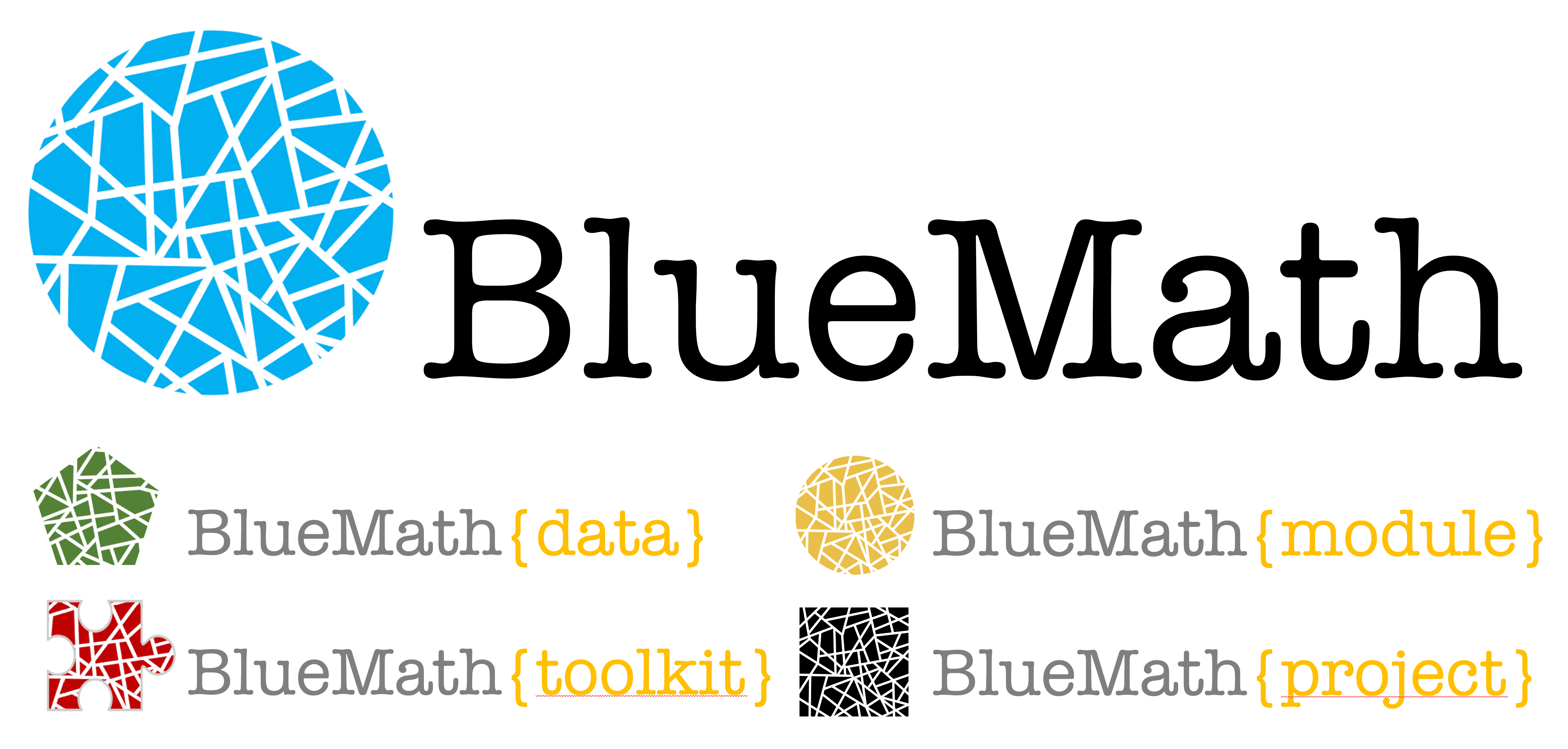https://github.com/GeoOcean/BlueMath_tk
The statistical distribution of flooding extents at a particular coastal area is the result of the non-linear interaction of multiple oceanographic, hydrologic, geologic and meteorological forcings (e.g., astronomical tide, monthly mean sea level, large-scale storm surge, dynamic wave set-up, shoreline evolution). Additionally, interannual variability, tropical cyclone activity and trends in storminess and sea-level rise are climate drivers that must be considered. Moreover, the chronology of the hydrodynamic boundary conditions plays an important role since a collection of consecutive minor storm events can have more impact than the 100-yr return level event. Therefore, proper modeling of coastal flooding should consider in the definition of the hydraulic boundary conditions both extratropical and tropical cyclones, the sequence of storms, the multivariate nature of the hydrodynamic forcings, and the different time scales of interest (seasonality, interannual and decadal variability).
To address this complex problem, it has been developed the Python library BlueMath, composed by different interconnected modules. These modules include:
- Climate-based statistical downscaling techniques, non-linear data mining, multivariate extreme value models for defining the hydraulic boundary conditions.
- Functions to run hydrodynamic models (i.e. SWAN, X-Beach).
- Access to long-term data bases (observational and hindcast) of sea state parameters, astronomical tides and non-tidal residuals.


